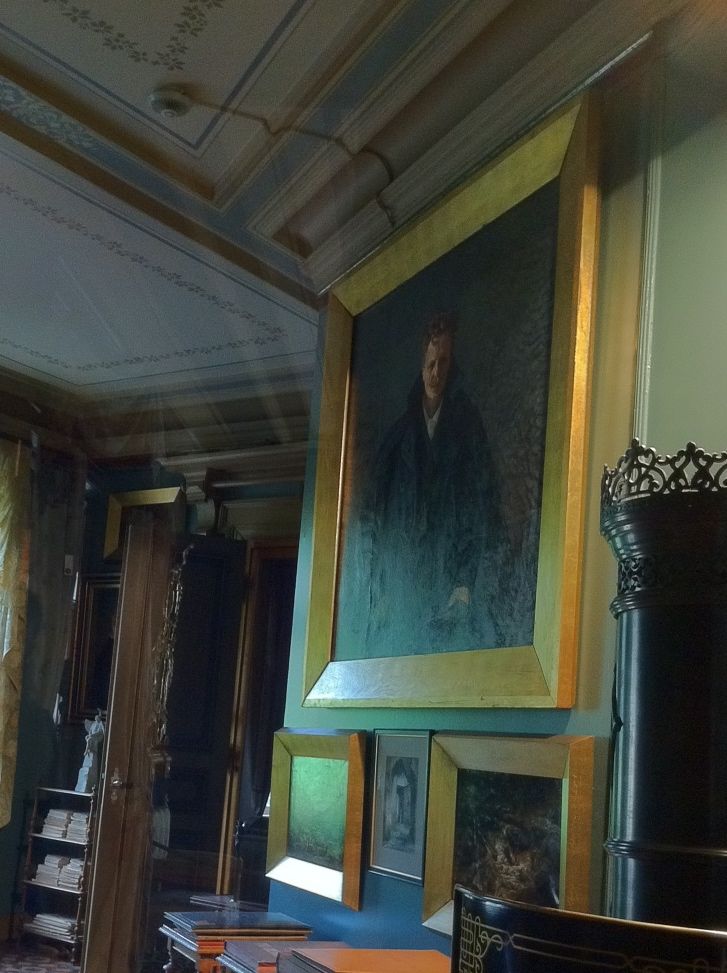
Coaches: Discover their Motivation Strategy
 Henrik Ibsen, the great playwright, commissioned a portrait of his biggest rival to hang in his study.
Henrik Ibsen, the great playwright, commissioned a portrait of his biggest rival to hang in his study.
On a trip I took recently to Olso, Norway, my wife and I visited the Henrik Ibsen Museum. The museum is really the apartment where he lived with his wife in the last years of his life.
It was quite interesting.
One of the things I, as a coach and as an author, was struck by was how he worked. Ibsen is the most translated and performed playwright in the world after Shakespeare. He got up every morning and would sit at his writing desk and write until 11:30 AM. Then he would stop, even if in the middle of an idea, and stroll downtown to the Grand Hotel and eat lunch.
But what I thought was particularly fascinating is the large portrait of August Strindberg he had hanging facing his desk. This is fascinating because Strindberg was, in Ibsen’s words, his “MORTAL ENEMY.” They never met but argued often via the newspapers. Ibsen kept his portrait there to motivate himself to write. AND to have what he wrote be of the highest caliber.
So what motivates you? What gets you up in the morning and motivated to work consistently and well? Sometimes we mistakenly think motivation has to be positive. Like IF we do a good job, THEN we’ll be rewarded. And THAT will be your motivation.
 OK. Maybe. That’s great if it’s true for you. Or maybe you’re one of those types who is actually motivated more by emotions like fear or hatred. Well, if that’s what will make you write your next masterwork, great. Go for it.
OK. Maybe. That’s great if it’s true for you. Or maybe you’re one of those types who is actually motivated more by emotions like fear or hatred. Well, if that’s what will make you write your next masterwork, great. Go for it.
Carlos Casteneda, in his books about the teachings of Don Juan, has Don Juan teaching Carlos to “Let Death be an Adviser.” I use that one, myself. This day is precious. Use it well.
The thing is, it doesn’t really matter what motivates you as long you ARE motivated.
One of the tasks of a good Coach, is to discover the motivation strategy of your client and to creatively USE THAT to help him or her accomplish what they are setting out to do.
{Photos are of the Strindberg portrait in Ibsen’s study, above, and Henrik Ibsen at his writing desk circa 1900, below}





 Download Doug O’Brien’s paper,
“Be your Best with Self Hypnosis”
Download Doug O’Brien’s paper,
“Be your Best with Self Hypnosis”